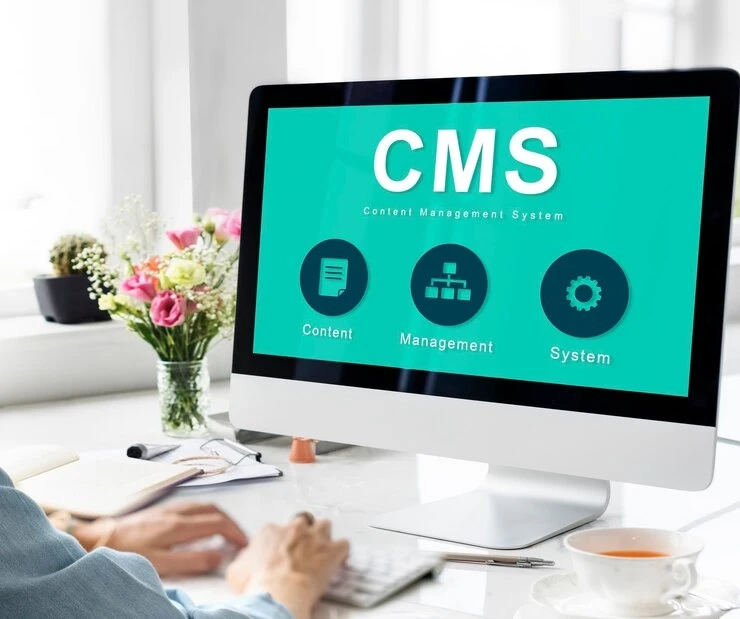Headless CMS (Content Management System) offers significant potential for managing and delivering dynamic content on websites and applications. Here are some key aspects to consider:
Content Personalization:
Headless CMS allows for the creation and delivery of personalized content based on user preferences, behavior, or other contextual factors. By leveraging user data and integrating with analytics tools, dynamic content can be tailored to individual users or specific user segments, enhancing engagement and conversion rates.
Real-time Updates:
With headless CMS, content can be updated in real-time, ensuring that users always have access to the latest information. This is particularly useful for news websites, e-commerce platforms, or any application where content needs to be constantly refreshed or synchronized with external data sources.
Multichannel Content Delivery:
Headless CMS enables content to be delivered seamlessly across multiple channels and devices. By leveraging APIs, developers can retrieve and display content on websites, mobile apps, IoT devices, voice assistants, or any other digital touch point. This ensures a consistent user experience across different platforms.
A/B Testing and Experimentation:
Headless CMS allows for easy A/B testing and experimentation with different content variations. By serving different versions of content to different user groups and analyzing the results, organizations can optimize their content strategy and improve user engagement and conversion rates.
Integration with Third-Party Services:
Headless CMS can integrate with various third-party services and tools to enhance the functionality and interactivity of dynamic content. This includes integrating with marketing automation platforms, CRM systems, social media platforms, or any other service that can enrich the user experience or provide additional data insights. Explore the seamless integration options available with our CMS web development services, connecting your content to various third-party tools for an enriched user experience.
Scalability and Performance:
Headless CMS offers scalability and performance advantages. By separating the content management backend from the frontend presentation layer, the CMS can handle heavy traffic loads without affecting the performance of the frontend. This is particularly beneficial for websites or applications with high traffic volumes or complex content requirements.
Future-Proofing:
Headless CMS provides future-proofing capabilities by decoupling content management from the presentation layer. As new technologies and devices emerge, the content can be easily adapted and delivered to these platforms without requiring a complete overhaul of the CMS infrastructure.
Overall, headless CMS empowers organizations to deliver dynamic, personalized, and engaging content experiences across various channels and devices. It offers flexibility, scalability, and the ability to adapt to evolving user needs and technological advancements.
Original Sources: https://theomnibuzz.com/exploring-the-potential-of-headless-cms-for-dynamic-content/


